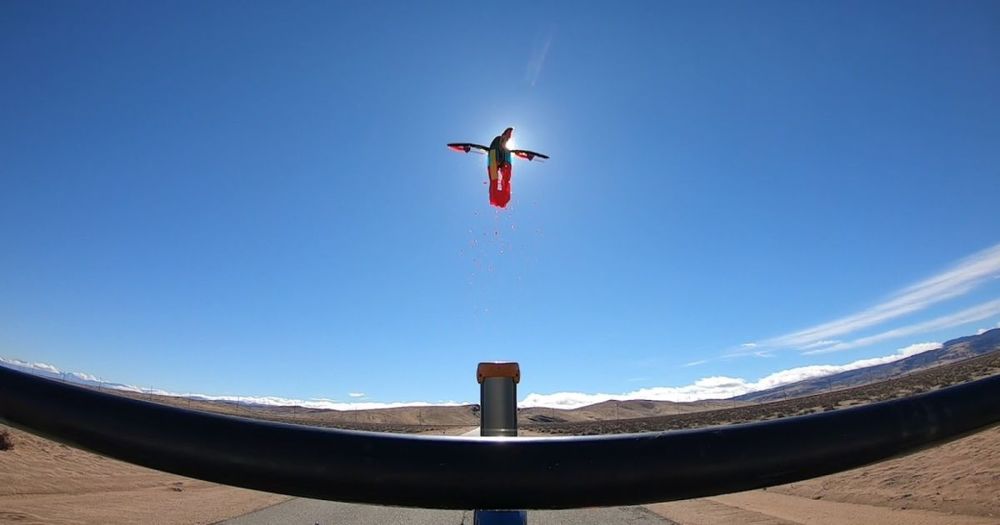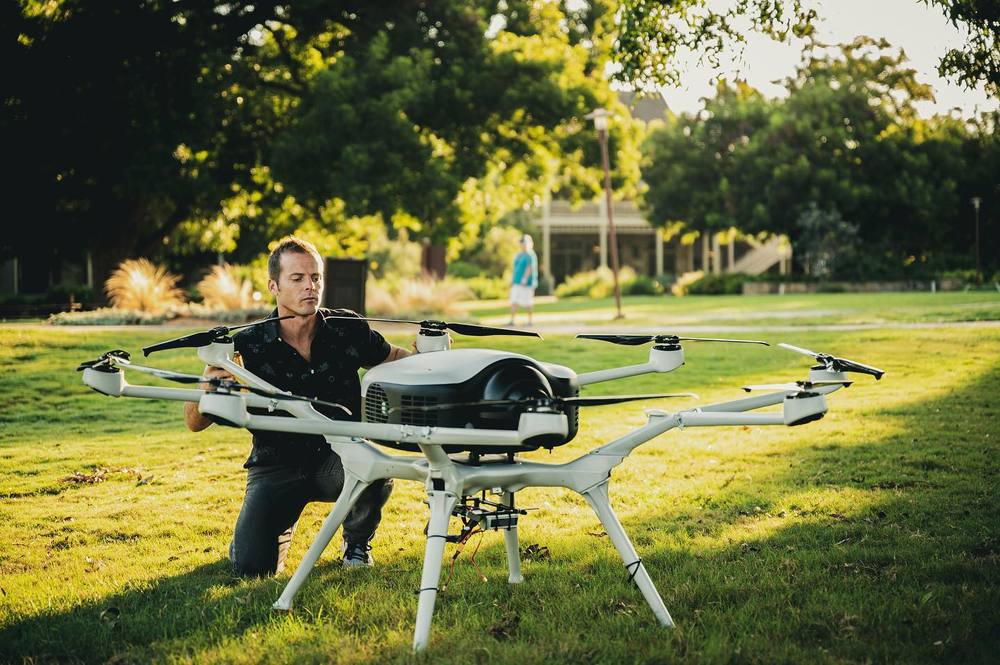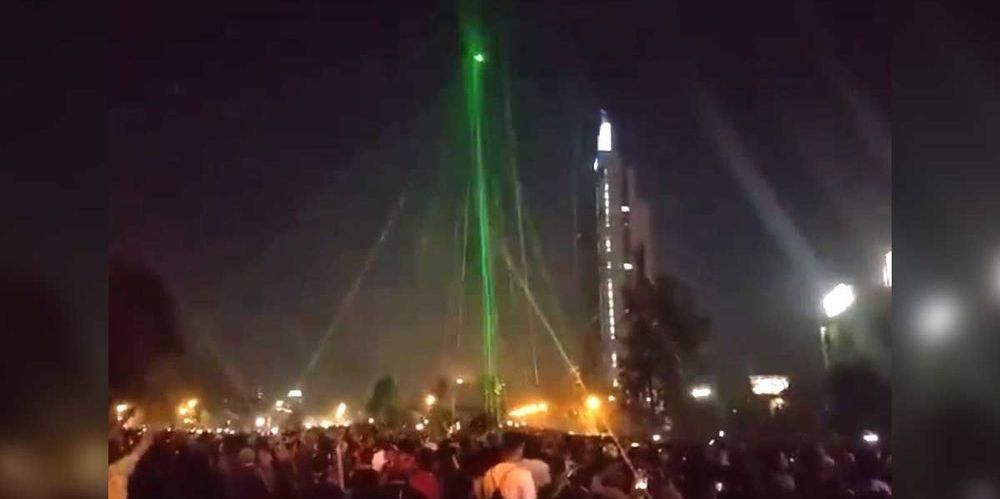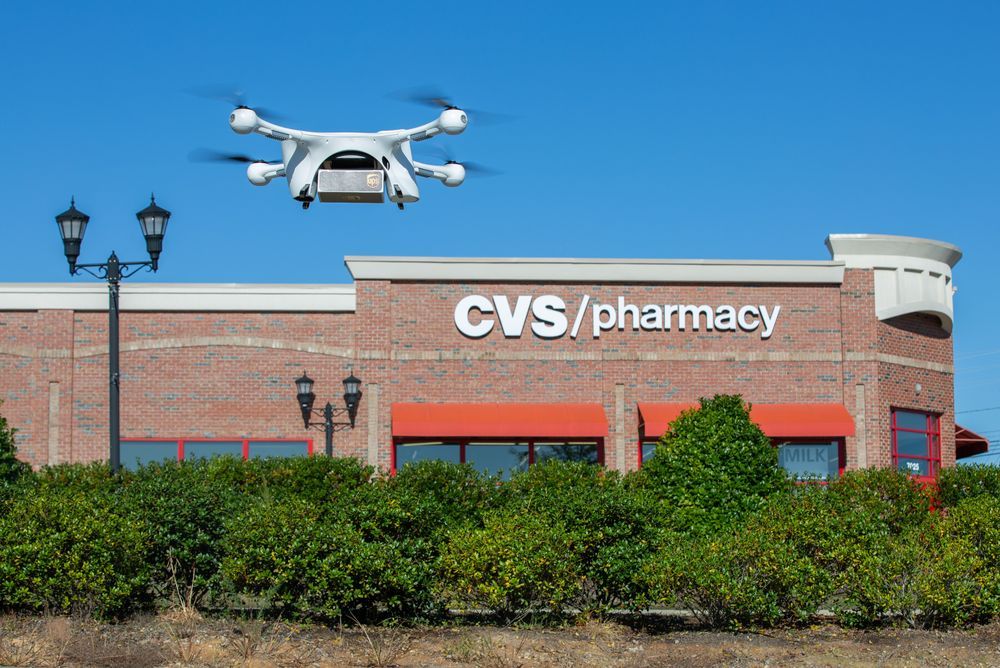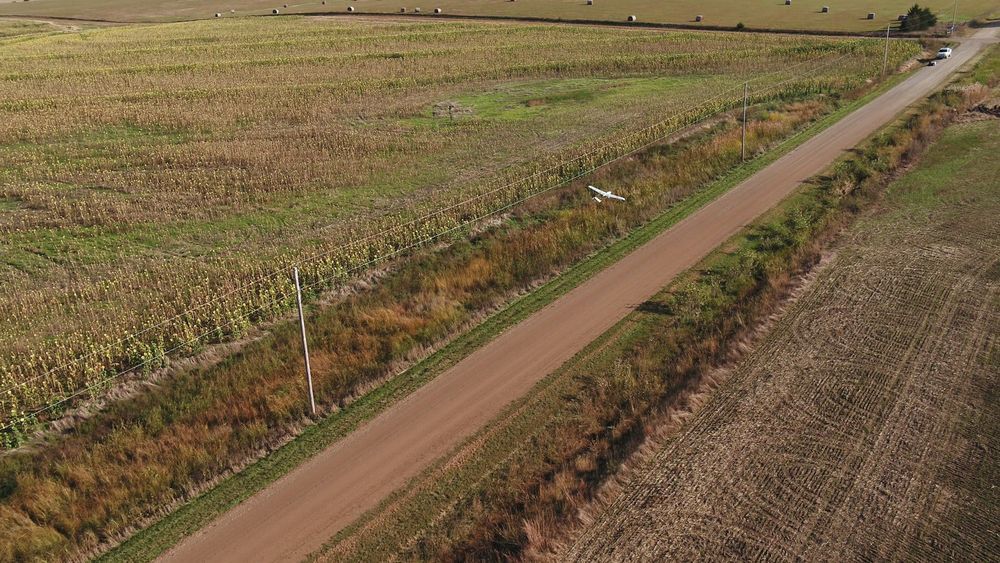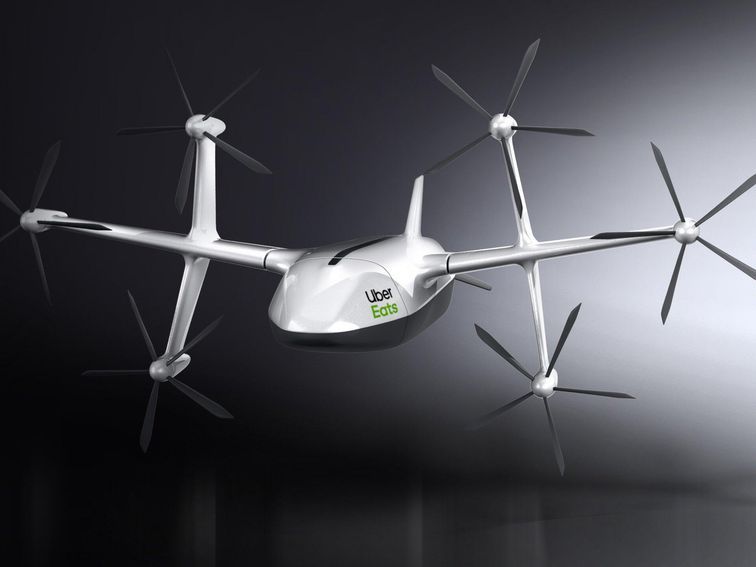The Russian military will be going all out sci-fi, with Vladimir Putin saying the plan for boosting the Armed Forces until 2033 should focus on AI and weapons based on ‘new physical principles.’
With the introduction of a whole range of state-of-the-art arms in recent years, Russia has been “able to make a step forward compared to the world’s other military powers,” Putin said during a meeting of the Russian Security Council on Friday.
The tally of the newest weapons and hardware in the possession of the country’s Armed Forces and Navy is currently over 68 percent, he said, adding that they must be increased to at least 70 percent and maintained at that level.
